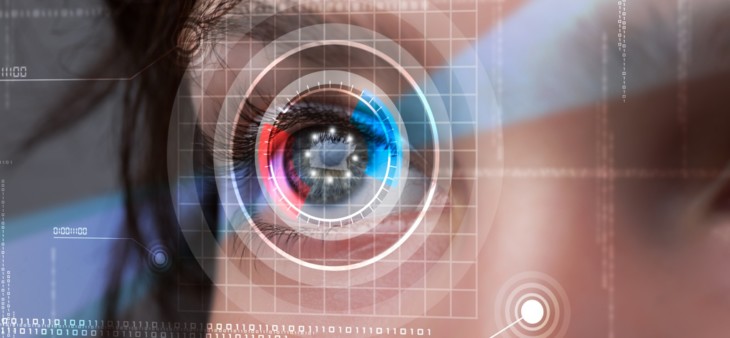
So, it turns out a lot has happened since my last blog entry. I have been paying much attention to the integration of mechanics, electronics and human physiology recently.
Curiously, most of it started after I went to see a movie, “Avatar” in 3D. It filled my head with all sorts of possibilities and ideas. I must be honest, I didn’t think the story was brilliant, more entertaining than anything else. The real stars are the special effects and the true 3D world that was created. While I could waffle on about how cool they are, I won’t. It’s just that it spurred my interest into finding out how it was done. I thought it would make an interesting topic for my blog, I might still consider an entry for it later.
So, while researching a couple of websites on how the 3D effect was achieved, I was absently listening to the television at the same time. Carte Blanche was on. Something peaked my interest. A device that could help blind people to “see”. Curiosity got the better of me and I watched the documentary. It showed how, with the use of electrical stimulation derived from a tiny camera, a person was able to perceive shapes and letters with the use of their tongue.
That’s right, tongue.
What’s more, the person in question had both of his eyes removed, and was now using his visual cortex, the part of the brain responsible for vision, to discern the impulses from the experimental visual unit placed on his tongue.
I was gob-smacked. He could “see” using his tongue.
To my mind, it means that there may eventually be a device create that interfaces directly with a person’s visual cortex. Imagine, if this is possible, there may be a “plug and play” unit that allows you to bypass the eyes completely. You would literally be able to plug in to anything you want to see.
Now, with these ideas whirling in my head, some other thoughts also came to mind. Particularly, the fact that I had seen this kind of thing before.
If you are as immersed in gaming culture as much as I am, which is a lot, you may have heard of something called Anime, or Manga. If either of these words are familiar to you, “Ghost in the Shell” would probably not be too foreign a movie title either. It featured, amongst other things, camera style vision and “plugging in” to systems for various reasons. If none of this makes sense to you, think “The Matrix” which was the movie that was based on “Ghost in the Shell” in the first place. “Ghost in the Shell” also featured characters with other cybernetic augmentations in a futuristic world. Only now, it doesn’t seem nearly as futuristic as it did before.
I thought I was done with the new “sight” discoveries for a while, but I found myself once again browsing for magazines with details about how the effects in “Avatar” were filmed. The “Popular Mechanics” had one such article and I bought it to read at work during my lunch hour. Inside the magazine there was another article about something sight orientated. It appears that a group of researchers at MIT are developing a chip that provides electrical stimulation below the retina. The chip receives visual information and power, wirelessly, from a pair of spectacles, containing a small camera, specially designed for this purpose. Human trials are set to start in 2013.
It looks like the neural-electrical gap between man and machine has narrowed at a tremendous pace. I for one, can’t wait. I’d love to just literally plug in to a 3D version of “Avatar” or my favorite video game. That way I wouldn’t have to upgrade my audio-visual setup at home as often.


Leave a Comment